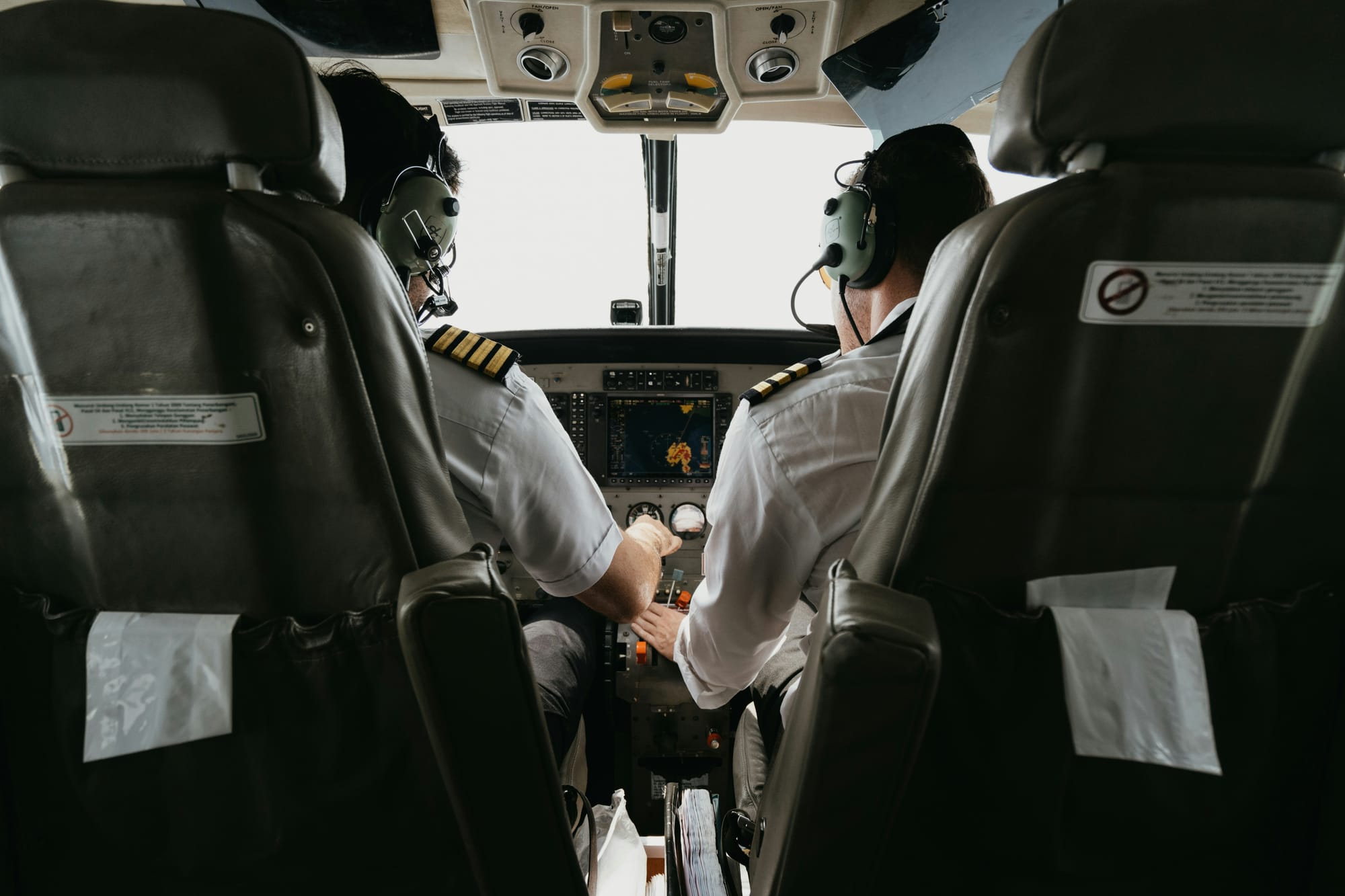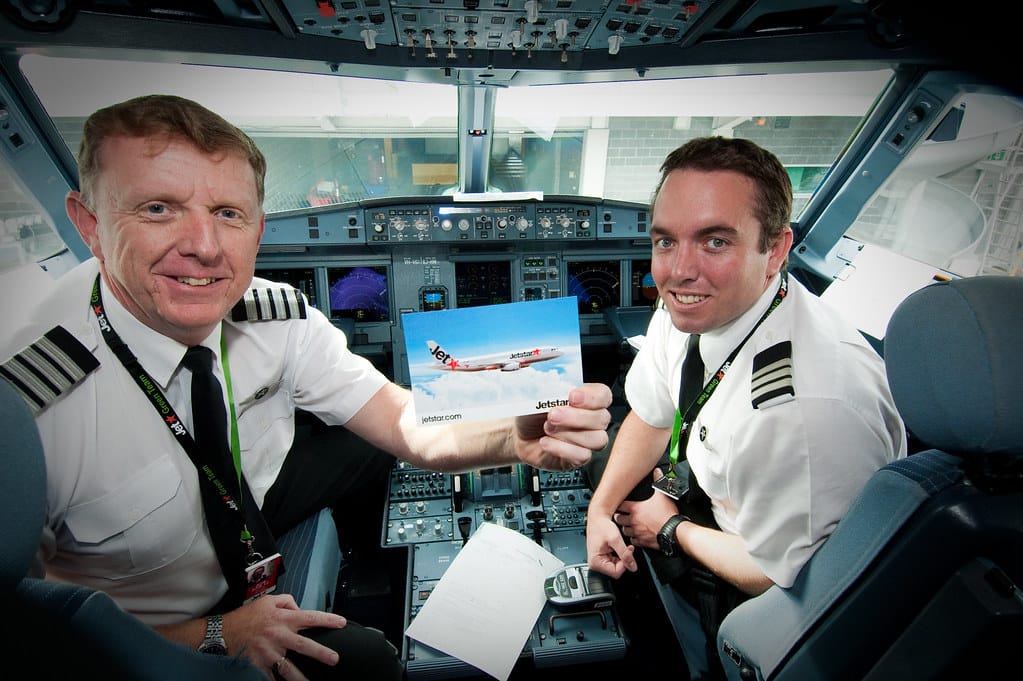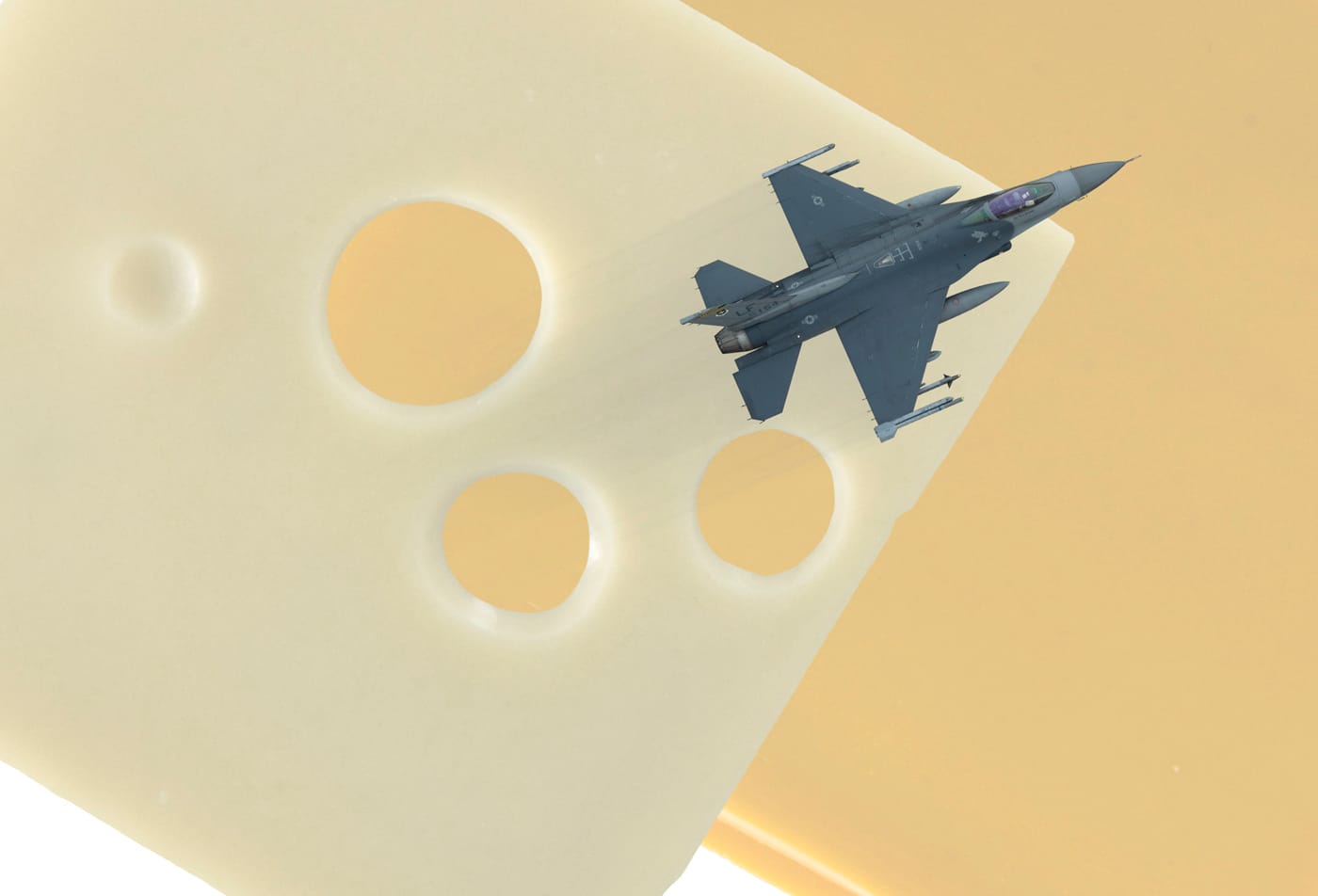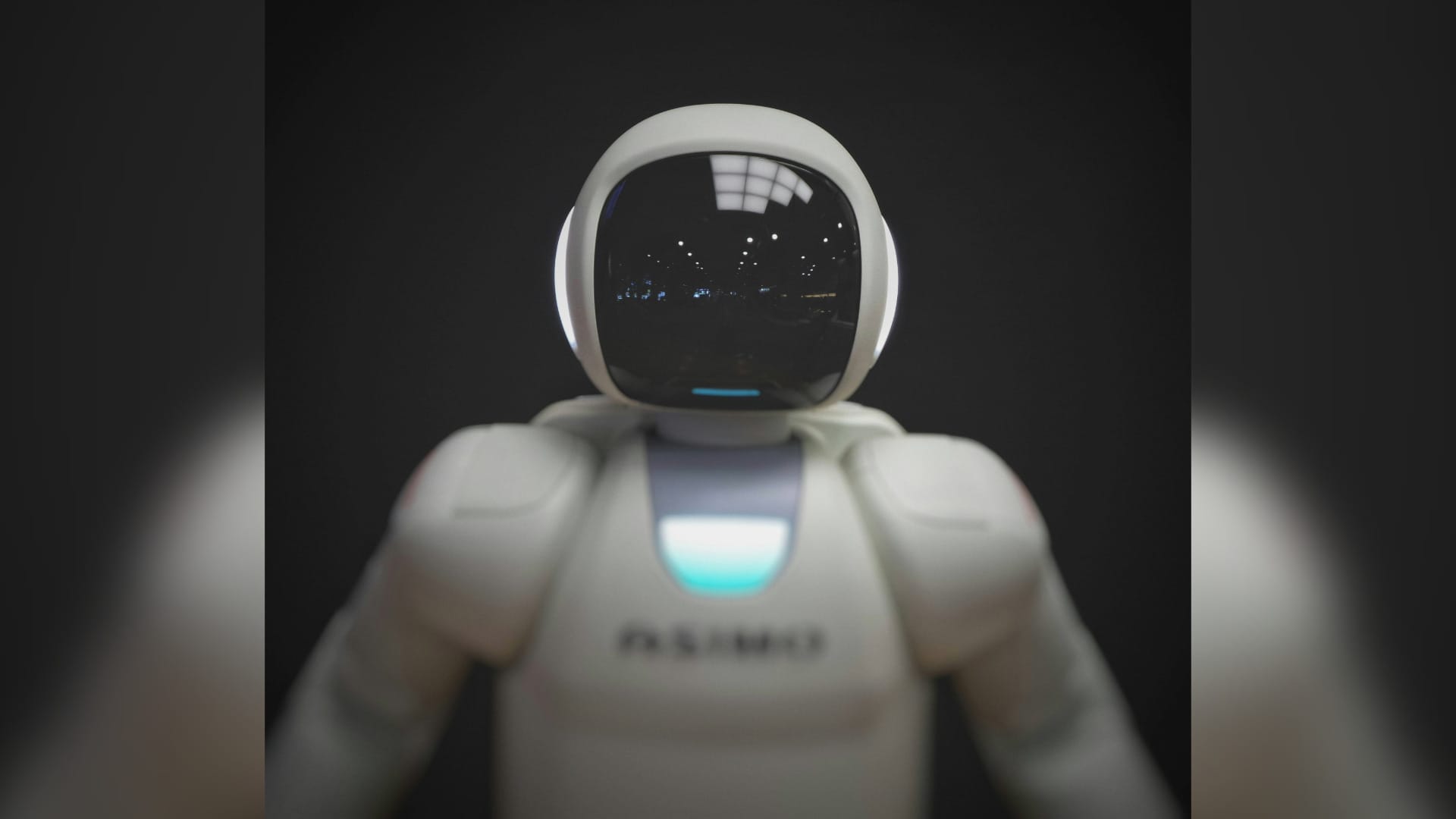How Much Does it Cost to Become a Commercial Airline Pilot?
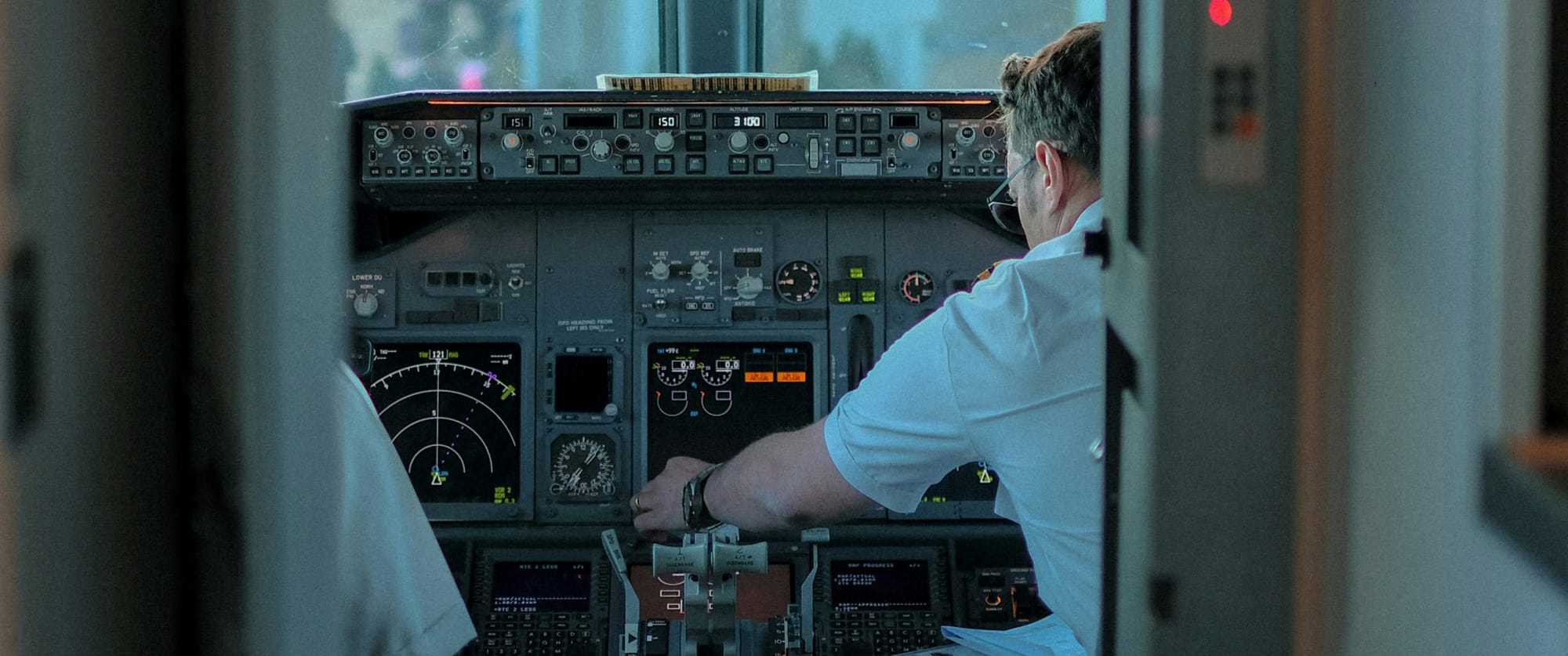
Becoming a commercial airline pilot is a dream for many, but the path to the cockpit is a significant investment of time, effort, and, most notably, money. While the rewards of flying a commercial aircraft, including an attractive salary and the opportunity to travel the world, are undeniable, aspiring pilots must be prepared for substantial financial commitments upfront. This article will break down the various costs associated with becoming a commercial airline pilot, providing a clear picture of what it takes to earn your wings.
1. Initial Private Pilot License (PPL)
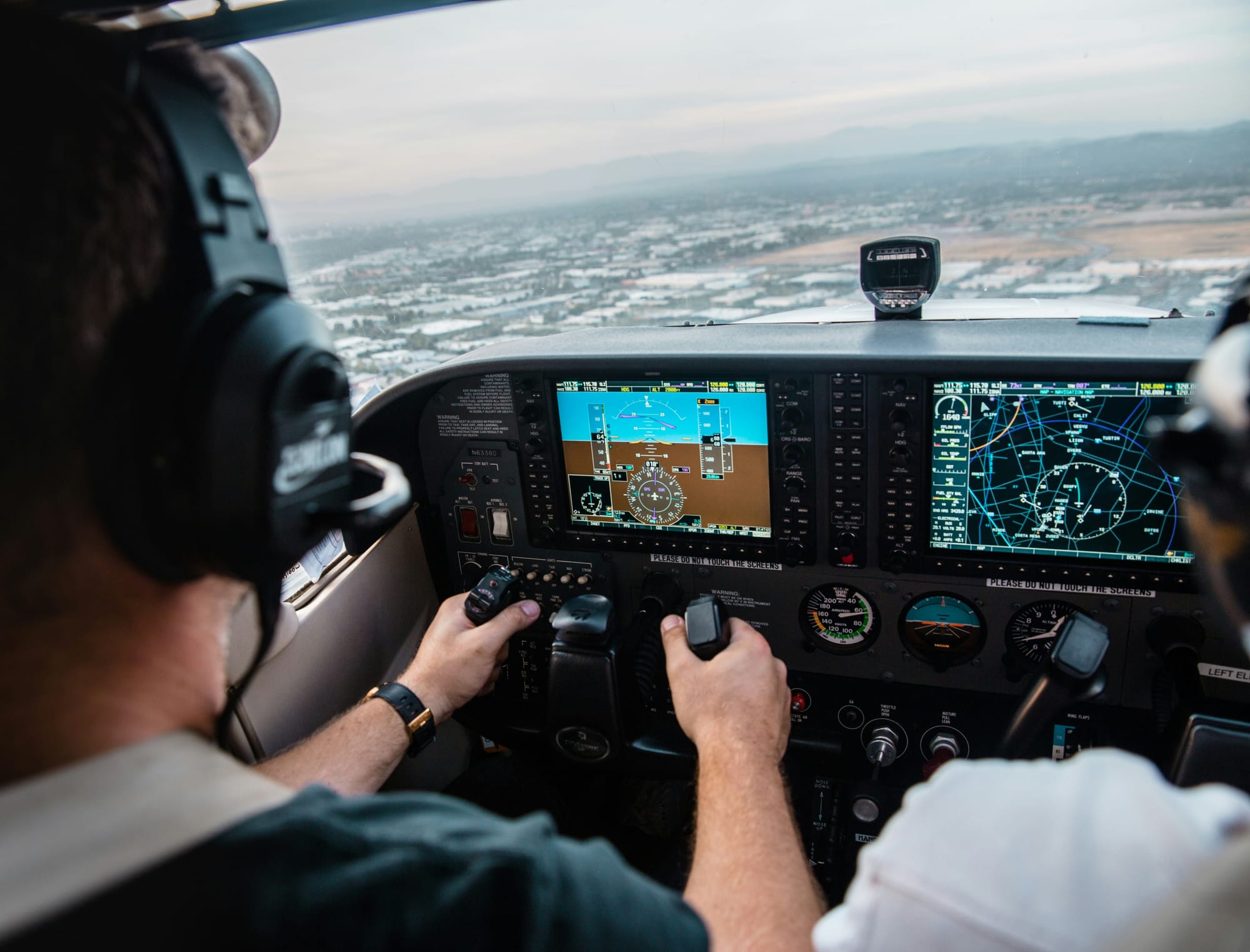
The journey to becoming a commercial pilot typically starts with earning a Private Pilot License (PPL), which allows individuals to fly for personal reasons but not for compensation. A PPL requires a minimum of 40 flight hours, though many students log closer to 60 hours before they are ready for the checkride (flight test).
- Flight School Tuition: $8,000 to $15,000
- Aircraft Rental (per hour): $120 to $180
- Instructor Fees (per hour): $40 to $75
- Ground School Materials and Written Exams: $500 to $1,000
On average, obtaining a PPL can cost between $10,000 and $15,000, depending on location, flight school rates, and how long it takes the student to complete the required training.
2. Instrument Rating (IR)
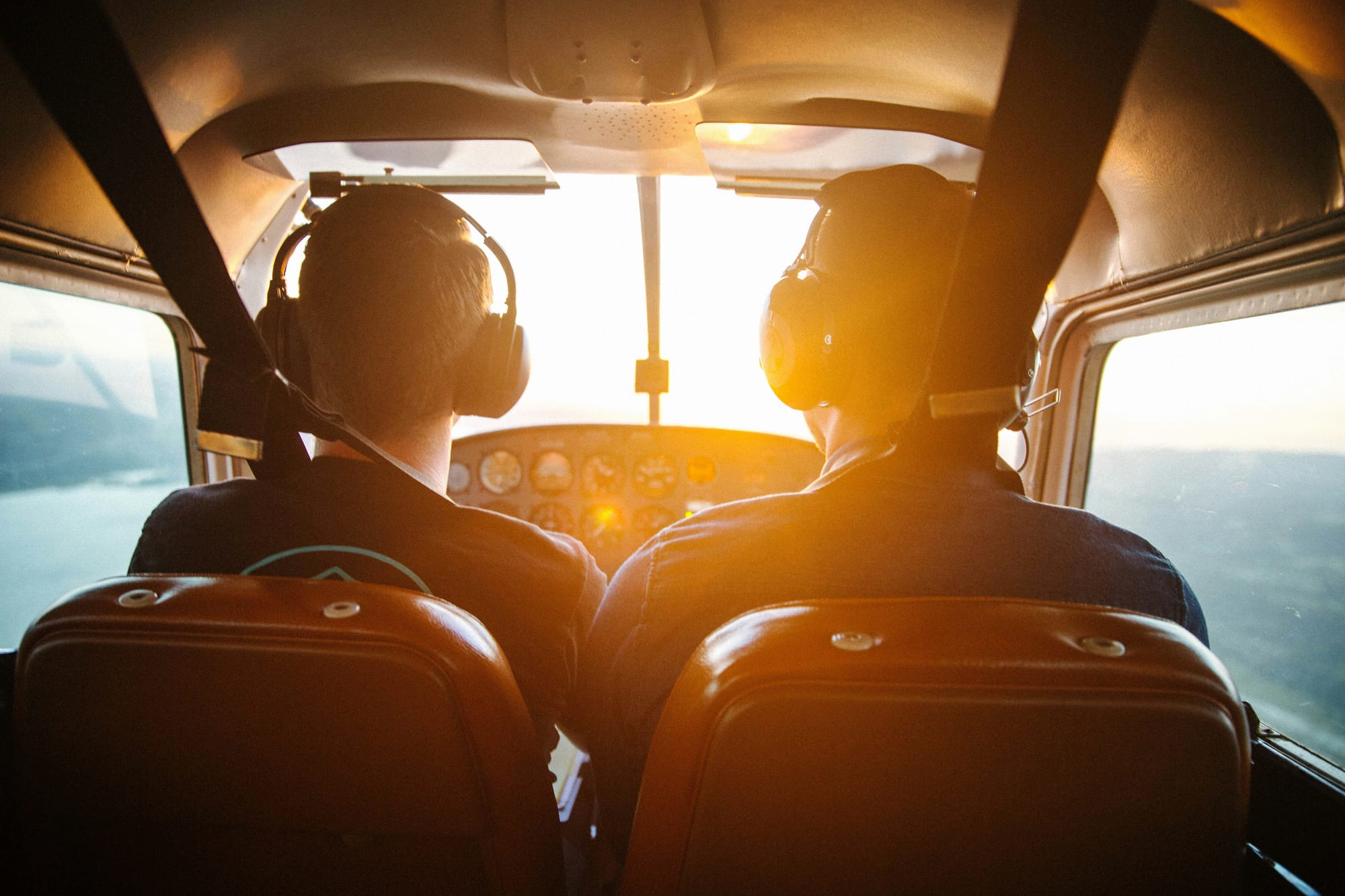
After obtaining a PPL, the next step is acquiring an Instrument Rating (IR), which allows pilots to fly under Instrument Flight Rules (IFR). This rating is essential for flying in poor weather conditions or at night, where visibility is limited.
- Flight Hours (minimum of 40): $8,000 to $12,000
- Instruction Fees and Exams: $1,500 to $3,000
The total cost for an Instrument Rating typically ranges from $10,000 to $15,000.
3. Commercial Pilot License (CPL)
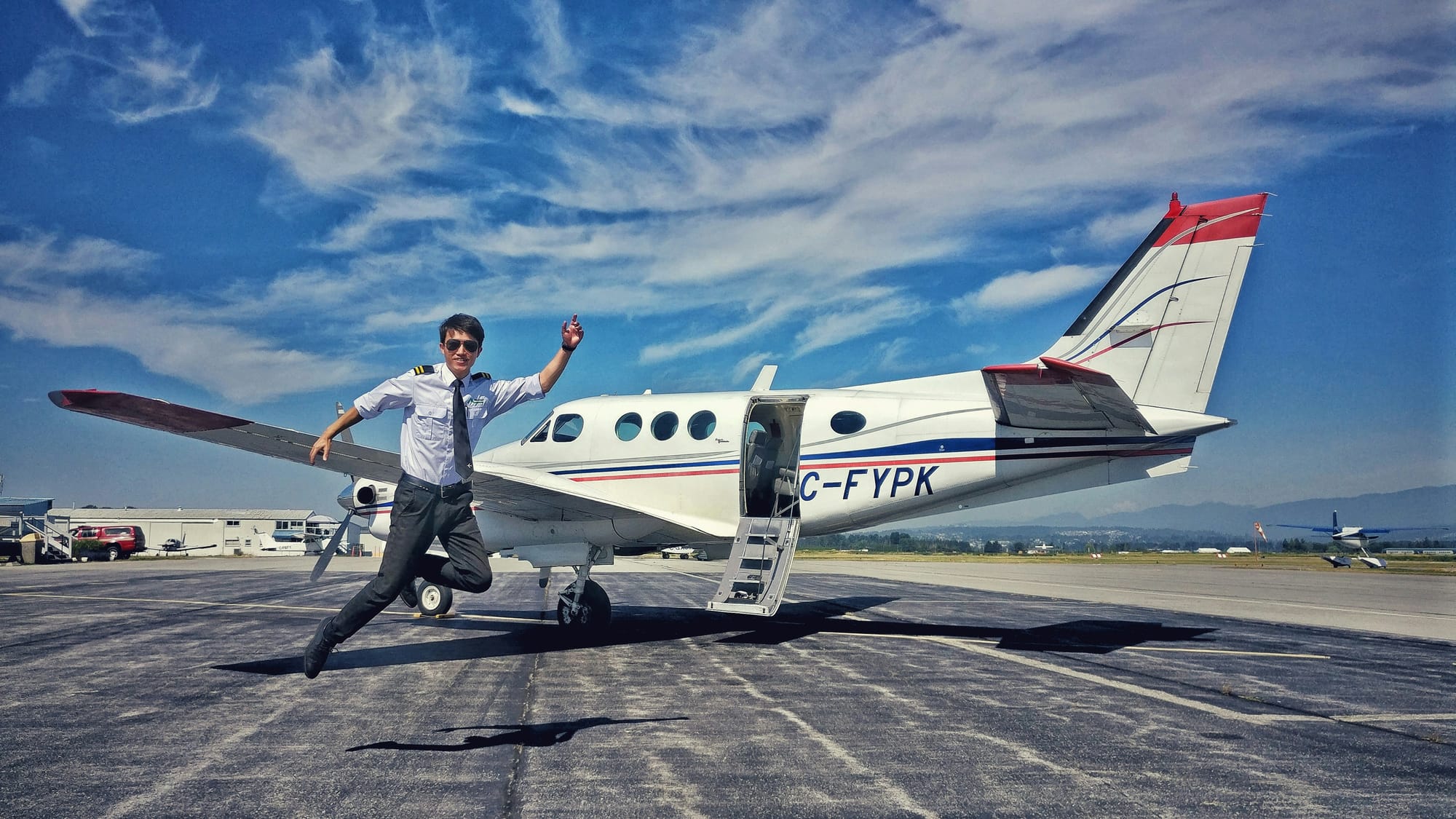
To fly for compensation, pilots need to obtain a Commercial Pilot License (CPL). This requires significantly more flight hours and training than a PPL. Most students complete their CPL with around 250 flight hours.
- Flight Time Building: $10,000 to $20,000
- CPL Course and Instruction: $5,000 to $10,000
- Checkride and Miscellaneous Fees: $1,500 to $3,000
The cost to obtain a CPL can range from $20,000 to $30,000 or more, depending on the flight school and the number of hours logged before proficiency is reached.
4. Multi-Engine Rating
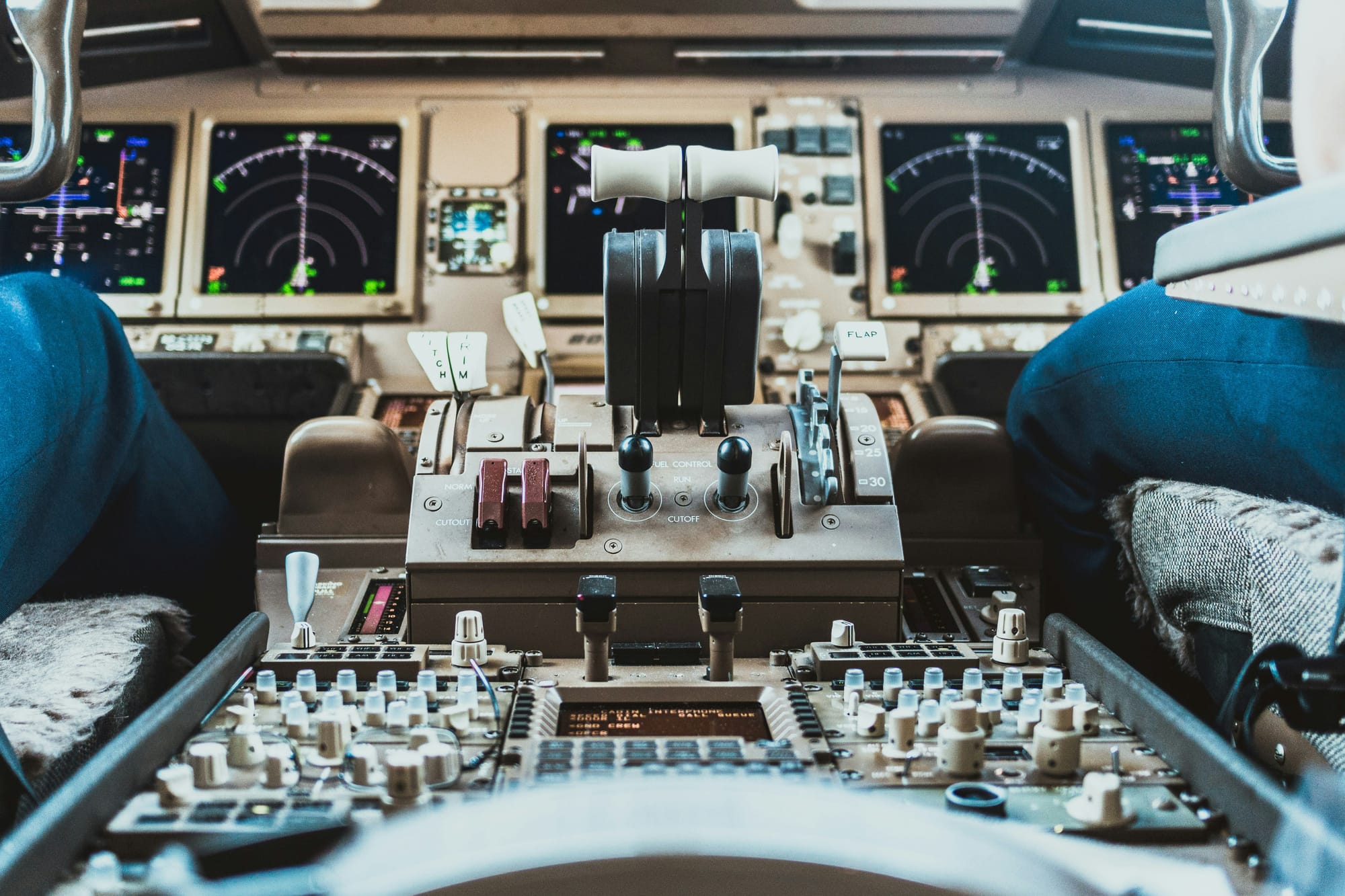
A Multi-Engine Rating is required to fly aircraft with more than one engine, which is a standard requirement for commercial pilots. Training for this rating usually involves fewer hours but higher costs due to the expense of renting twin-engine aircraft.
- Flight Hours (minimum of 10): $3,000 to $5,000
- Instruction and Examination Fees: $1,000 to $2,000
Earning a Multi-Engine Rating generally costs around $5,000 to $7,000.
5. Certified Flight Instructor (CFI) and Other Endorsements
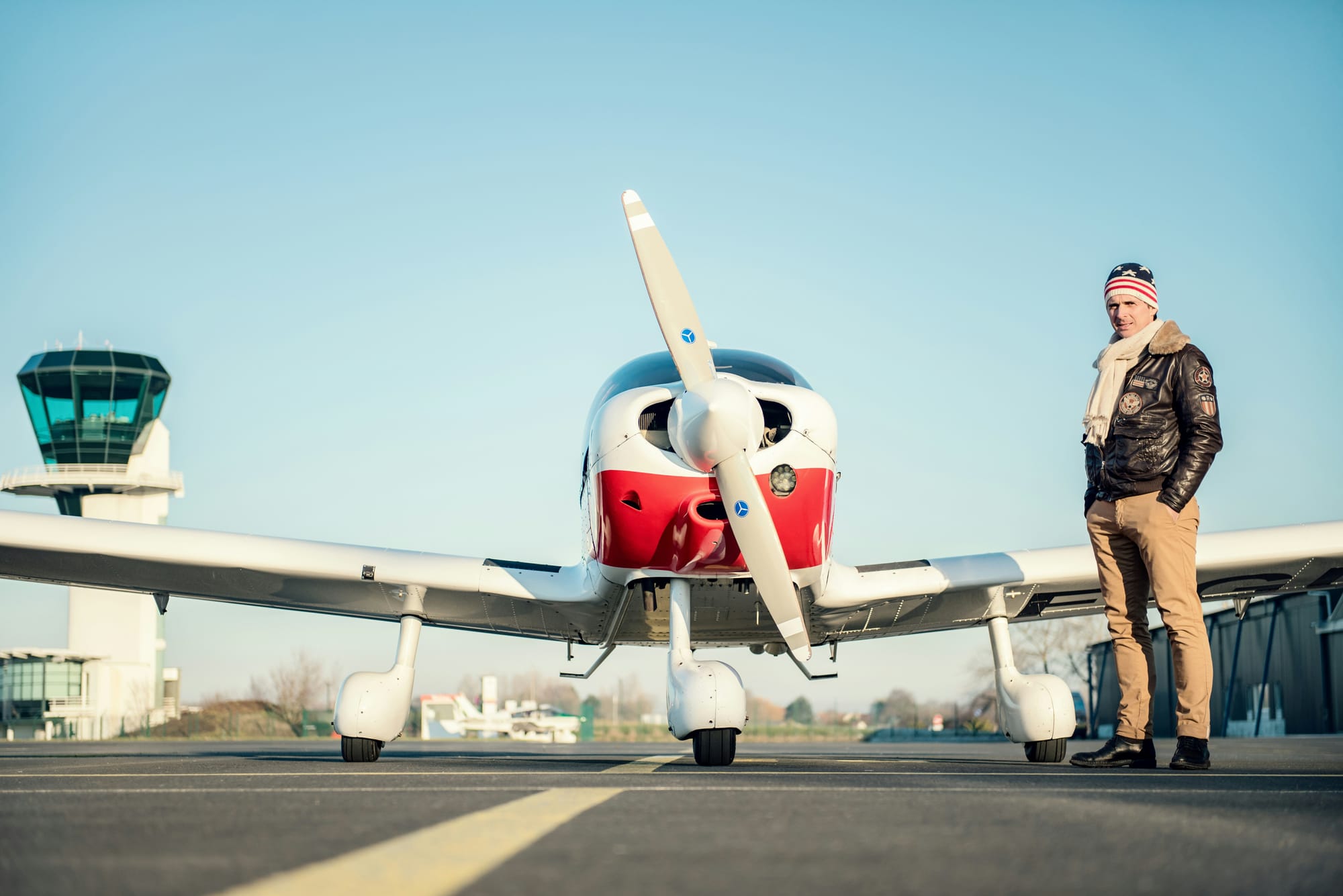
Many aspiring pilots choose to become Certified Flight Instructors (CFIs) as a way to gain additional flight hours, which are crucial for meeting airline hiring minimums. CFIs can earn money while continuing to build hours and improve their skills.
- CFI Training and Certification: $5,000 to $10,000
Additionally, some pilots opt to earn a Certified Flight Instructor - Instrument (CFII) or a Multi-Engine Instructor (MEI) certification, each adding another $5,000 to $10,000 to the overall cost.
6. Airline Transport Pilot License (ATPL)
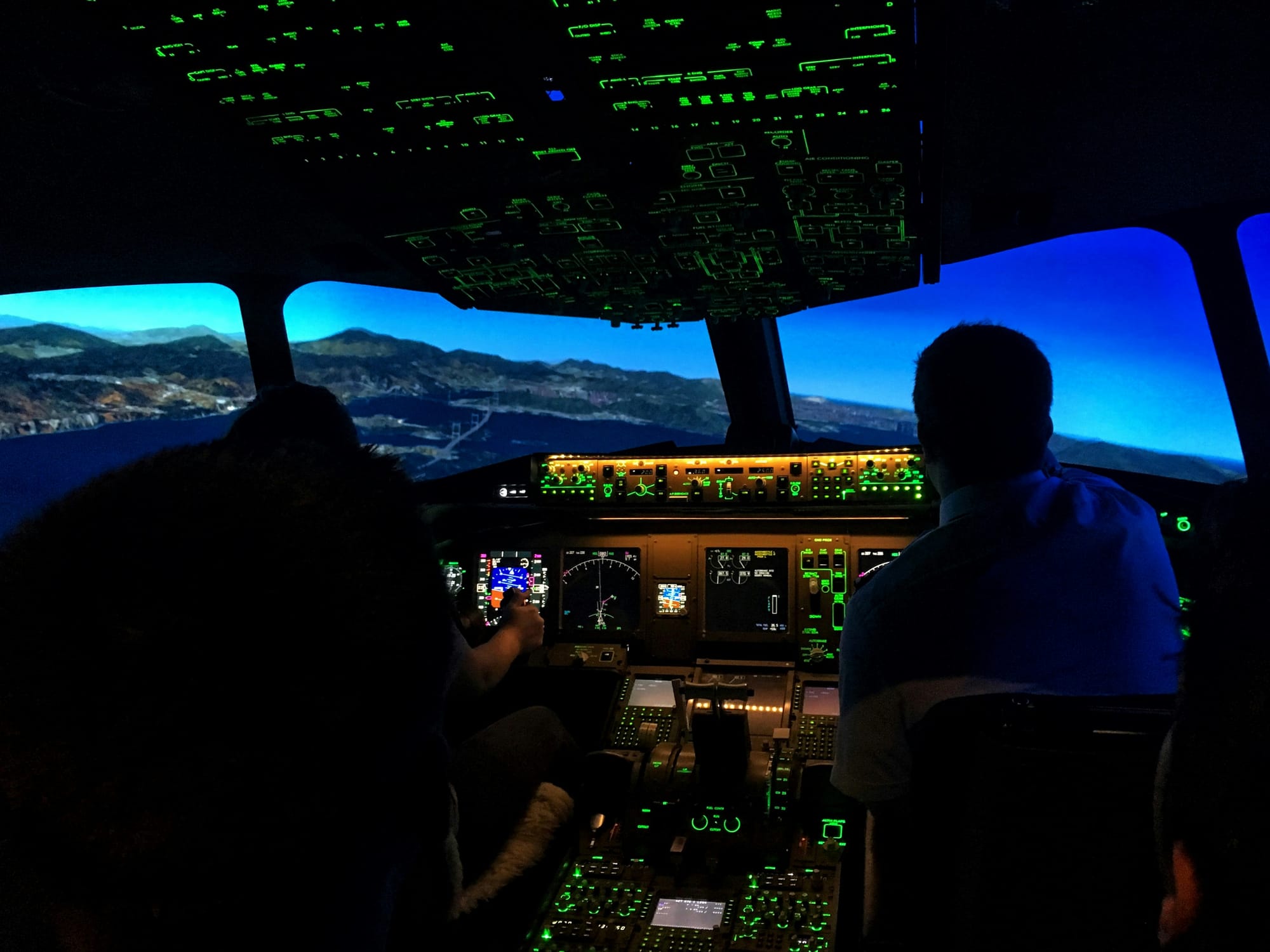
The highest level of pilot certification, the Airline Transport Pilot License (ATPL), is required to act as a captain on a commercial aircraft. To qualify for an ATPL, pilots must have 1,500 flight hours and pass a rigorous examination process. Most pilots work as flight instructors, corporate pilots, or in other flying roles to build their hours before applying for the ATPL.
- ATPL Training and Written Exams: $2,000 to $5,000
7. Additional Costs
- Medical Certificates: $200 to $1,000 (over the course of training)
- Uniforms and Equipment: $500 to $1,500
- Living Expenses: Costs vary widely depending on whether the student is attending a full-time academy or training part-time while working.
Total Estimated Cost

When adding up the costs of obtaining the necessary certifications, ratings, and flight hours, the total cost of becoming a commercial airline pilot can range from $70,000 to $150,000, depending on the flight school, geographic location, and the pace at which training is completed.
While these numbers may seem daunting, there are ways to mitigate the financial burden. Some flight schools offer financing options, and certain airlines provide cadet programs or tuition reimbursement programs for candidates who commit to working for the airline after completing their training. Additionally, scholarships from aviation organizations like the Aircraft Owners and Pilots Association (AOPA) or Women in Aviation International (WAI) can provide financial assistance.
Final Thoughts
Becoming a commercial airline pilot is a costly endeavor, requiring a significant investment upfront. However, for those who are passionate about flying, the rewards — both financial and personal — can far outweigh the initial expense. While the total cost can vary depending on factors like flight school choice, the path to becoming a pilot is one of dedication, discipline, and perseverance. With careful planning, financial aid, and perhaps some creative cost-saving strategies, the dream of flying for a major airline can become a reality.


